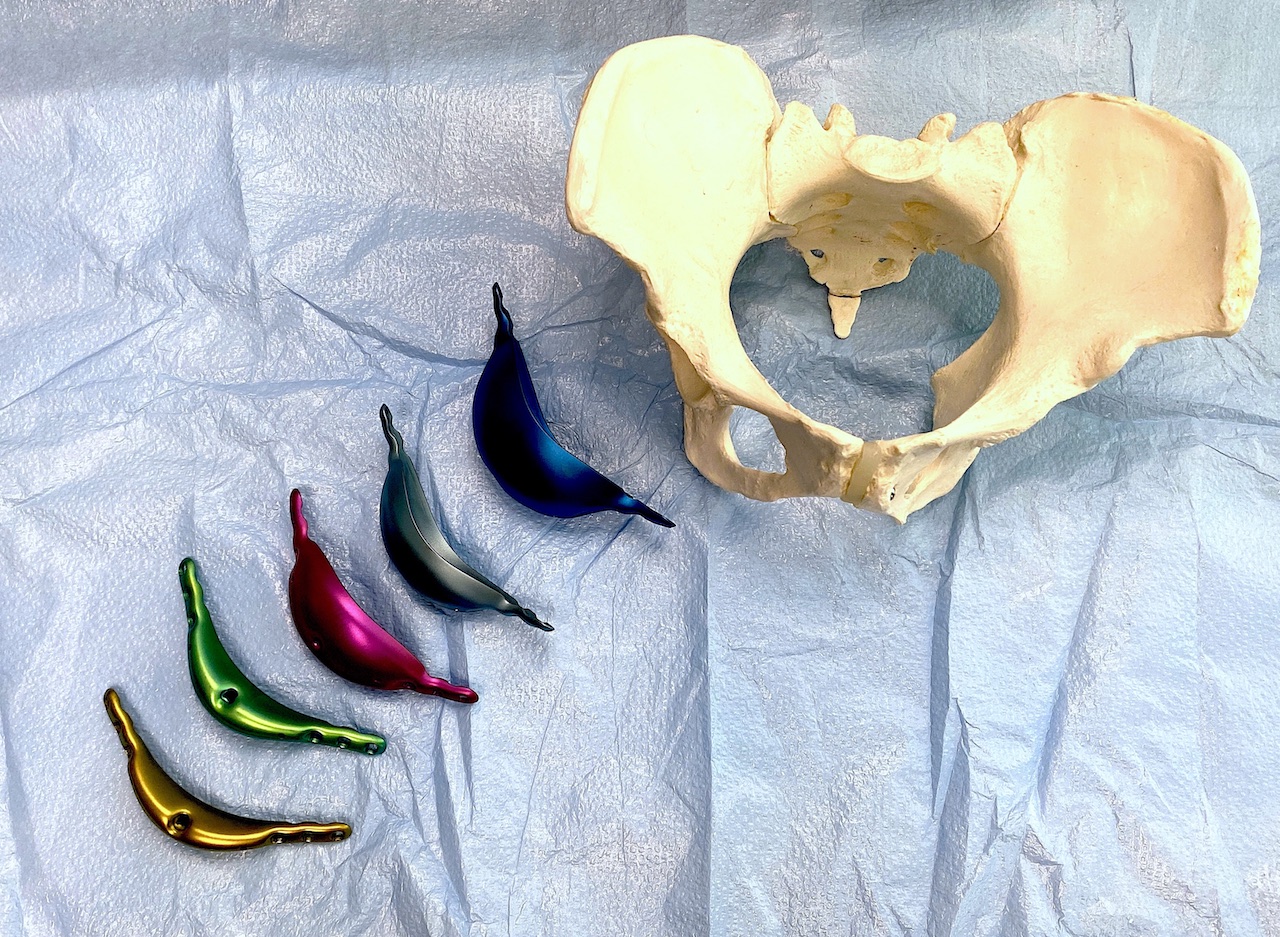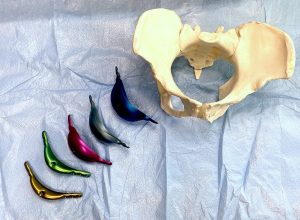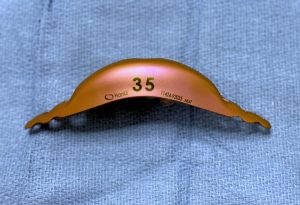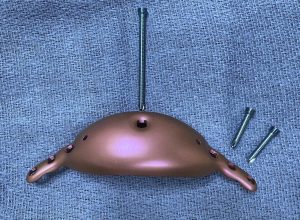Widening pelvic bone width requires the placement of an implant along the anterior half of the iliac crest to expand its contour outward. Amongst all aesthetic implants this pelvic implant is unique. It does not call itself an implant, rather it is called an iliac plate and is of metallic composition. This is the only aesthetic augmentative implant throughout the entire face or body that is metal. Being metallic may partially account for why it is called a plate. But it is also called that because it looks like a plate as it is variation of an iliac fracture fixation plate.
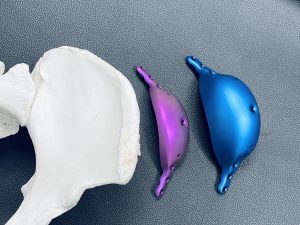
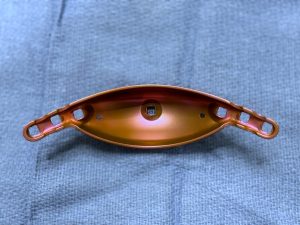
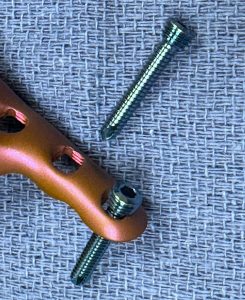
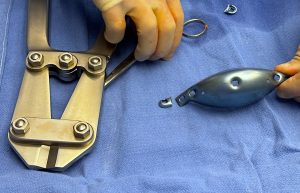
Dr. Barry Eppley
World-Renowned Plastic Surgeon

